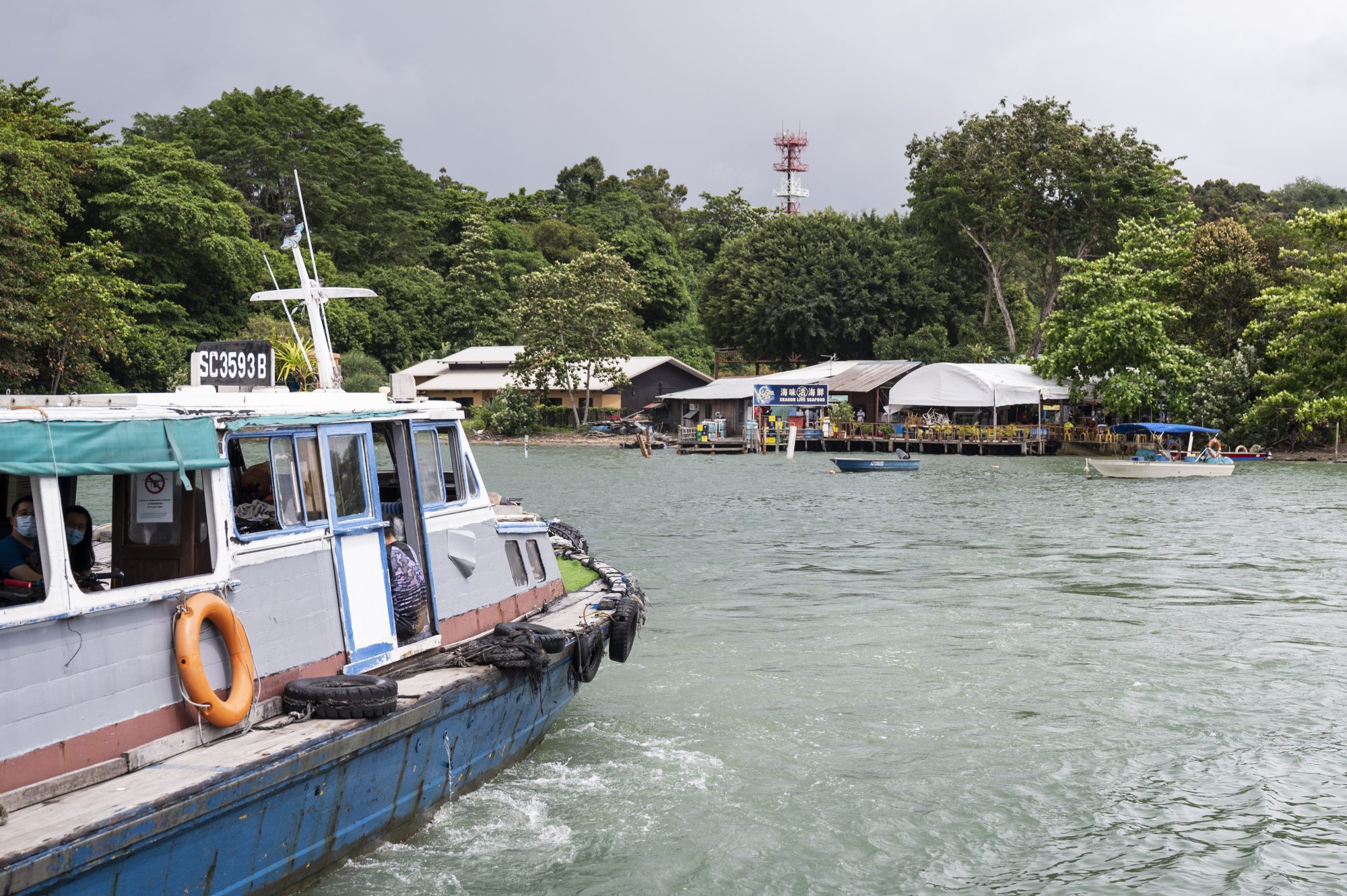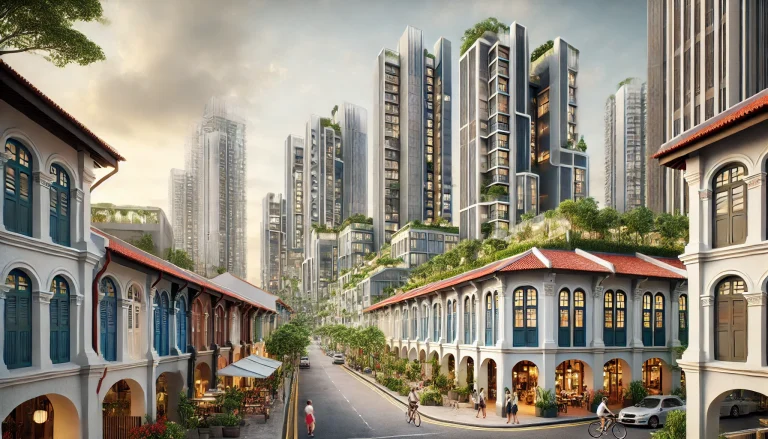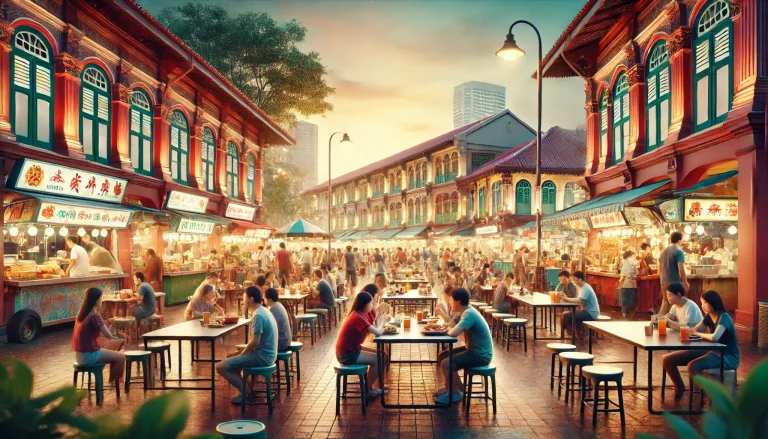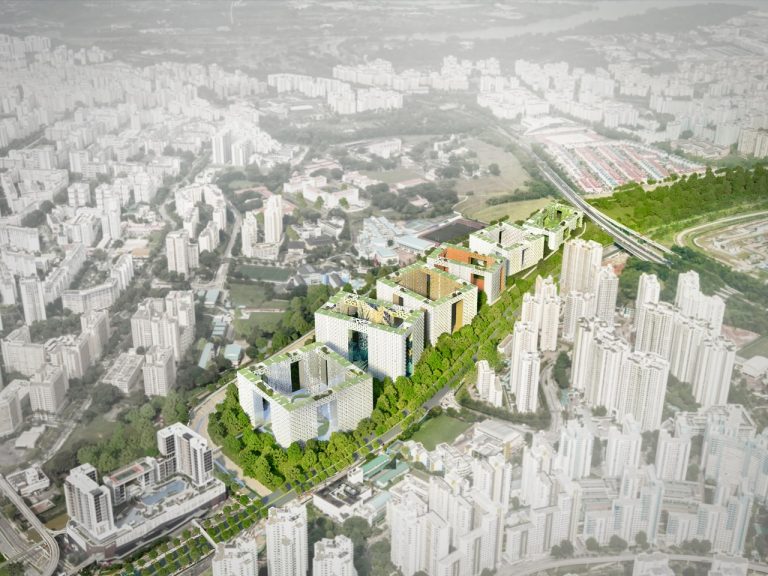Pulau Ubin, an island northeast of mainland Singapore, is home to traditional raised-floor wooden Malay houses. These settlements, known as kampung, derive their name from the Malay verb berkampung, meaning “coming together.”
The houses on Pulau Ubin have long served as communal gathering spaces, fostering dialogue across different segments of society. The planned restoration of four wooden Malay houses marks a significant step in Singapore’s architectural and landscape conservation efforts. This installation highlights these kampung houses as focal points for knowledge exchange, engagement, and interaction.
The exhibit features a historical timeline of Pulau Ubin, along with an overview of recent developments. It explores the role of kampung houses in vernacular architecture, construction techniques, and regulatory frameworks. Additionally, it examines Pulau Ubin’s connection to mainland Singapore and its place in the nation’s development. The exhibition is further enriched by interviews with the island’s residents.
This project was made possible through the contributions of Pulau Ubin’s residents, including Pak Ahamad bin Kassim and his late wife, Cik Sapiah bte Taib, Cik Kamariah bte Abdullah and family, Cikgu Ahmad Kassah and family, and Azman bin Hamid.
Studio DO: Pulau (https://pulauubinlives.wixsite.com/home/studio-do), founded by Dr. Imran bin Tajudeen with former students Mohammad Iqbal bin Roslan and Lee Kah Hui, builds on research from the Department of Architecture at the National University of Singapore. The project documents four wooden kampung houses and positions Pulau Ubin as a dynamic cultural landscape—one that encompasses not just its natural environment but also its architecture, settlements, and social histories.




